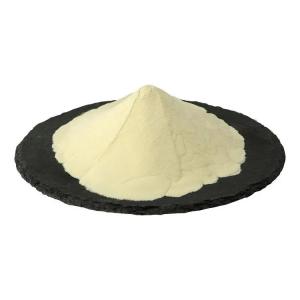Phosphatidyl serine is used in microwaveable meals.
Time:2025-08-22Phosphatidylserine (PS) is a naturally occurring phospholipid that plays an essential role in the structural organization of cell membranes. While it has long been utilized in dietary supplements, its incorporation into mainstream food categories is an emerging trend. A notable innovation is the use of phosphatidylserine in microwaveable meals, a format that combines convenience with functionality.
Formulation Rationale
Microwaveable meals are designed for quick preparation and broad consumer accessibility. Their diverse compositions—ranging from rice or pasta bases to protein-rich entrées and vegetable blends—offer multiple opportunities to integrate phosphatidylserine. By embedding PS into sauces, dressings, or fat-based carriers within these meals, formulators can ensure uniform distribution without altering taste or texture.
Technological Considerations
Integrating phosphatidylserine into microwaveable meals requires attention to several production challenges:
Heat stability: Microwave heating exposes ingredients to rapid temperature changes. Protective encapsulation or emulsification can help maintain PS integrity.
Moisture management: PS is sensitive to hydrolysis; therefore, controlling water activity in sauces and components is crucial.
Packaging compatibility: Functional ingredients must remain stable throughout storage and withstand reheating conditions in microwavable containers.
Market Implications
Microwaveable meals fortified with phosphatidylserine represent a step forward in functional food development. They respond to consumer demand for convenient meal options that deliver more than basic nutrition. By embedding PS into everyday food formats, manufacturers can differentiate their products in an increasingly competitive ready-to-eat market.
Future Outlook
As consumer lifestyles continue to favor quick, ready-to-heat options, microwaveable meals will remain a central category in the convenience food sector. With ongoing advances in formulation and encapsulation technologies, phosphatidylserine is likely to become more widely used in this segment. Its inclusion highlights the merging of convenience, taste, and functional innovation in modern food science.


 CN
CN





